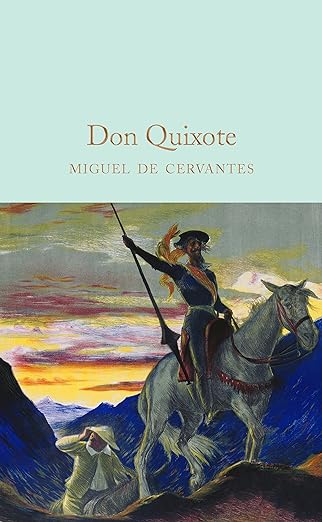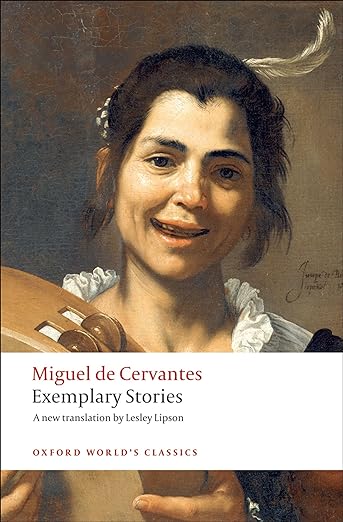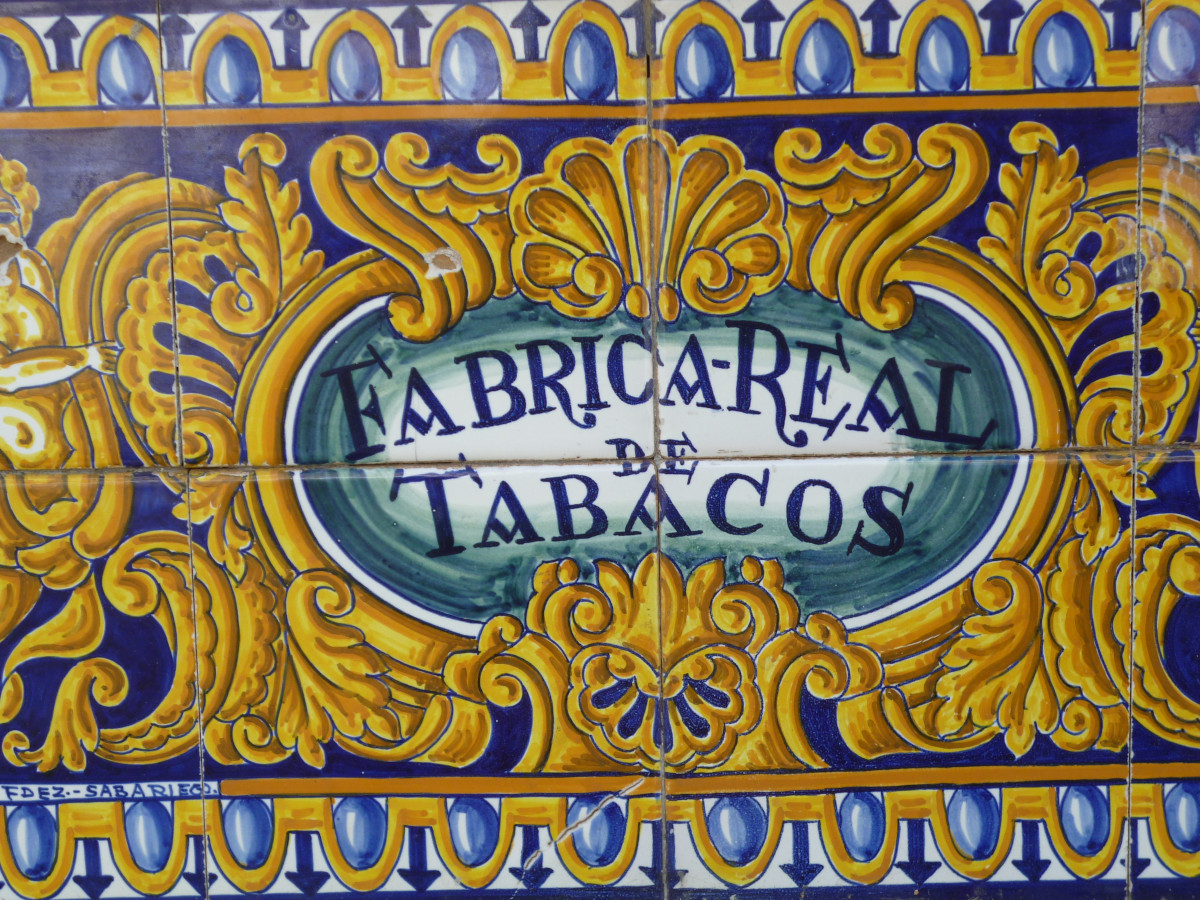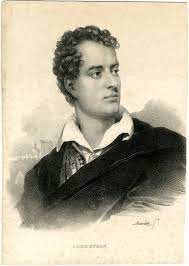Last Updated on January 21, 2024 by Marian Jones
Fictional characters who make the city famous
This episode is devoted to some of the best-known stories of Seville whose characters are symbols of the city. We start with Cervantes’ low-life tricksters Rinconete and Cortadillo, operating in 16th century Seville. Then there’s Carmen, the fictional character originally created by Prosper Merimee whose dramatic story so captured the imagination of 19th century readers that they thought she was real and came to Seville to meet her. And finally, Don Juan, whom no-one could ‘outsmart in gambling, duelling or making love’ and who was brought to life in stories, plays and operas by a number of writers. Discover too where to find traces of all three in today’s Seville.
cervantes



One of Spain’s best-known classical authors, Cervantes knew Seville well. There’s more on the podcast, but to summarise, his turbulent life included time in Seville’s jail, where it’s believed he wrote some of his best-known pieces. A plaque on the building reads: ‘Here he engendered for the amazement and delight of the world the ingenious nobleman Don Quixote de la Mancha’. Seville is very proud of its Cervantes connection and a trail of 17 plaques across the city marks places which featured in his work. One example can be found at the Puerta del Perdon, at the entrance to the Patio de los Narnjos.
His story Rinconete and Cortodillo is set in Seville. The two ne’er-do-wells spend their time in the port area, ‘plying their trade of thieving under cover of selling meat, fish, fruit and bread from baskets’. A gangmaster tries to recruit them to make money by cheating at cards, giving them the area between the Torre de Oro and the Alacazar as their ‘patch’, but there’s a moral ending to the tale, as the two decide they don’t want to join a big criminal gang and they leave the city. The overall impression left with the reader is that Seville was a dangerous place, full of criminals. In the early 17th century, in the port area, that was probably true!
carmen



The fictional Carmen, from the city of Seville was so believable that people used to come to the city to meet her. The original story, written by the French writer Prosper Mérimée in 1845, was made famous when Bizet’s 1875 opera based on it became a global success. It’s a passionate story about a girl who falls in love with two men, José who deserts his regiment to join her band of smugglers and Escamillo, a toreador. The climax is a violent death scene, played out – where else? – at Seville’s bullring.
Carmen was based on the girls who worked in the city’s tobacco factory, and described thus by Mérimée: ‘She was wearing a very short skirt, below which her white silk stockings – with more than one hole in them – and her dainty red morocco shoes, fastened with flame-coloured ribbons, were clearly seen. She had thrown her mantilla back, to show her shoulders, and a great bunch of acacia was thrust into her chemise. She had another acacia blossom in the corner of her mouth and she walked along swinging her hips like a filly from a Cordoba stud farm.’
You can find traces of Carmen by visiting the old tobacco factory, now part of Seville University, just near the Maria Luisa Park, where busts of the explorers Columbus and Cortes gaze down from the main entrance. There’s a statue of her outside the city’s bullring whose ‘swirling Spanish skirts and enigmatic gaze’ were described by the writer Laurie Lee. And in the main art gallery, the Museo de Bellas Artes, you can see Gonzalo Bilbao’s huge painting of the tobacco girls at work in the factory, painted in 1915.
don juan



Don Juan is Seville’s other world-famous fictional character, a ruinous cad who appeared in plays by Molière and Corneille, in a Mozart opera and, most famously, in a poem by Lord Byron. The latter version got mixed opinions. Germaine Greer found it ‘the greatest comic poem in English’, whereas Jane Austen summed him up as ‘that compound of cruelty and lust.’ Since the poem is 16,000 lines long, (and unfinished!) most people have not read it. But those who have profess to like its clever rhymes, its irony and jokes, whilst agreeing that the womanising exploits of Don Juan are not fit for the 21st century.
There’s much more on the podcast, about Don Juan and about Byron’s exploits in Seville. Here let’s just end with a description of the statue of him which stands in Plaza de Rafinadores in Santa Cruz. Authors Andrew and Suzanne Edwards describe it thus: ‘the high leather boots, gloves and carefully draped cape complete the image of an overly confident Lothario.’ The statue’s plaque reads ‘To Don Juan, in homage to his universal personality and the pride of his myth.’ And yes, it is a statue to a fictional character, albeit one whose reputation is fused with that of the very real poet who wrote about him, Byron, described as mad, bad and dangerous to know.’
Listen to the POdcast
Reading suggestions
Don Quixote by Cervantes
Short Stories by Cervantes
Carmen by Prosper Merimee
Selected Poems by Lord Byron
Andalucia, A Literary Guide for Travellers by Andrew and Suzanne Edwards
links for this episode
Previous Episode Travel Writers on Seville https://citybreakspodcast.co.uk/travel-writers-on-seville
This is the last episode in the Seville series





